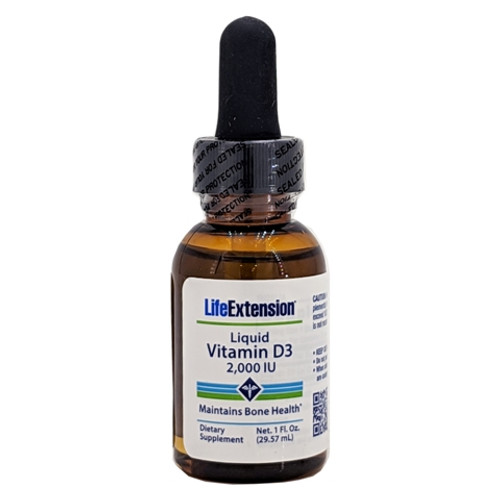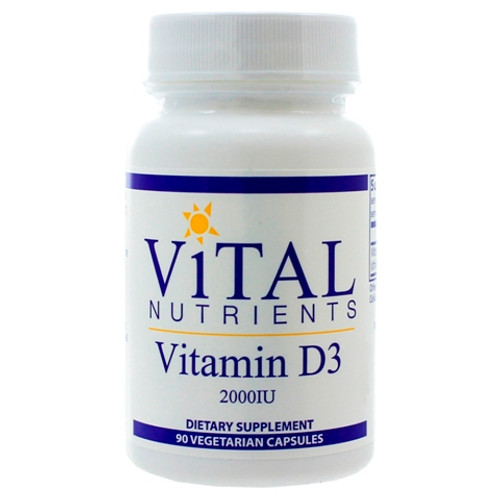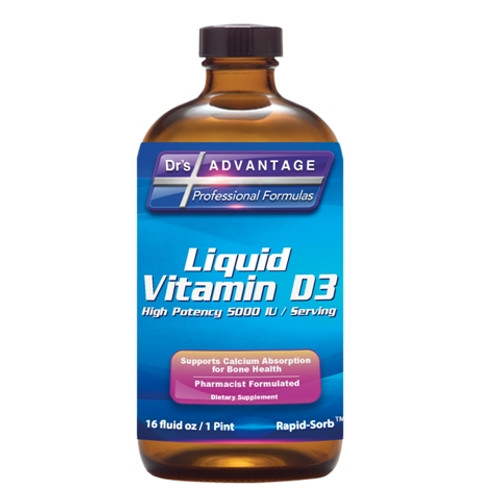Vitamin D3 can be synthesized by humans in the skin upon exposure to ultraviolet-B (UVB) radiation from sunlight. But, due to the winter season, weather conditions, and sun screen usage, the body’s ability to produce optimal vitamin D levels may be inhibited.1 These factors point to the value of taking a daily vitamin D supplement.
Vitamin D has long provided significant support for healthy bone density.2-7 However, scientists have also validated the critical role that vitamin D plays in regulating healthy cell division and differentiation, and its profound effects on human immunity.8-15 These findings link a deficiency of vitamin D to a host of common age-related problems.
The current RDA for vitamin D is only 600 IU which has resulted in startling evidence of a widespread deficiency for this vitamin. Most experts in the field now recommend intakes between 1, 000 - 10, 000 IU for adults to achieve a serum 25(OH)D level above those indicative of vitamin D deficient levels, at approximately 80 nmol/L or 32 ng/mL.
Life Extension suggests that healthy adults supplement each day with 5000-8000 IU of vitamin D with the objective of achieving an optimal 25-hydroxy vitamin D blood level between 50-80 ng/mL. A vitamin D blood test can help you determine the amount of vitamin D you need to supplement to achieve an optimal level.
References
1. Photochem Photobiol. 2007 Mar-Apr;83(2):459-63.
2. Rev Rhum Engl Ed. 1996 Feb;63(2):135-40.
3. Proc Nutr Soc. 2001 May;60(2):283-9.
4. J Bone Miner Res. 2003 Jul;18(7):1217-26.
5. Proc Natl Acad Sci USA. 2002 Oct 15;99(21):13487-91.
6. Steroids. 2001 Mar-May;66(3-5):375-80.
7. Bone. 2006 Oct;39(4):946-53.
8. Anticancer Res. 2012 Jan;32(1):223-36.
9. Cancer Lett. 2011 Dec 19. [Epub ahead of print]
10. Am J Prev Med. 2011 Jul;41(1):68-74.
11. Clin Rev Allergy Immunol. 2011 Feb 1. [Epub ahead of print]
12. Med Hypotheses. 2011 Dec;77(6):1145-7.
13. Dermatoendocrinol. 2011 Jan;3(1):11-7.
14. Mol Cancer. 2011 May 18;10:58.
15. Clin Rev Allergy Immunol. 2011 Feb 1. [Epub ahead of print]












